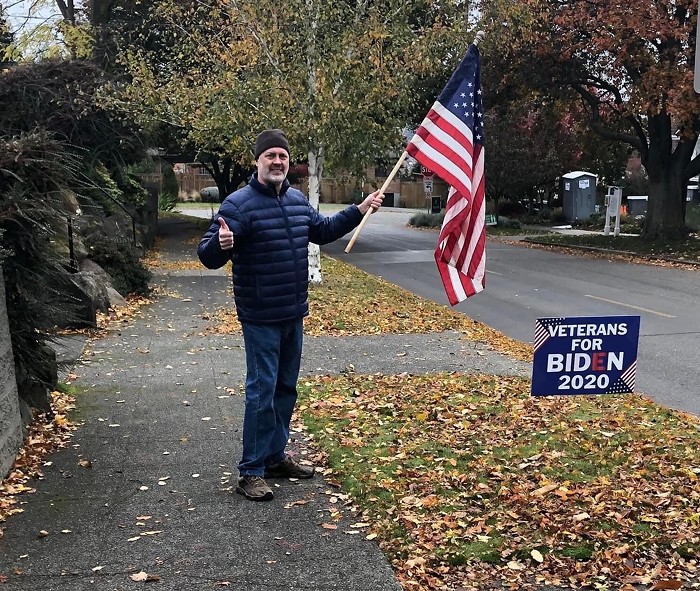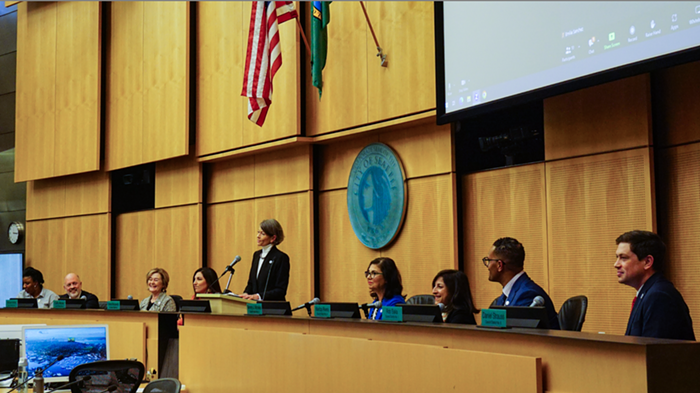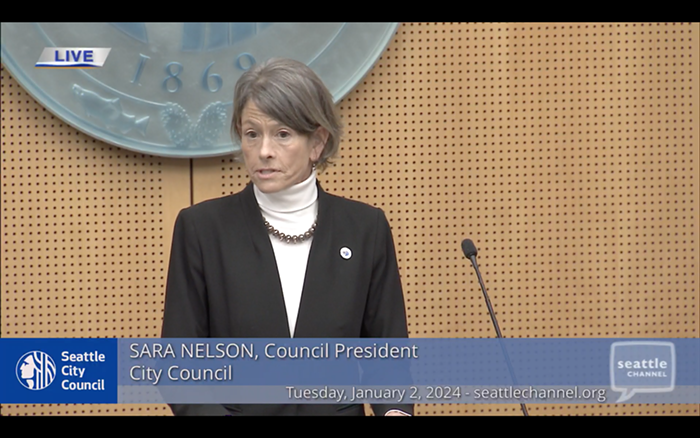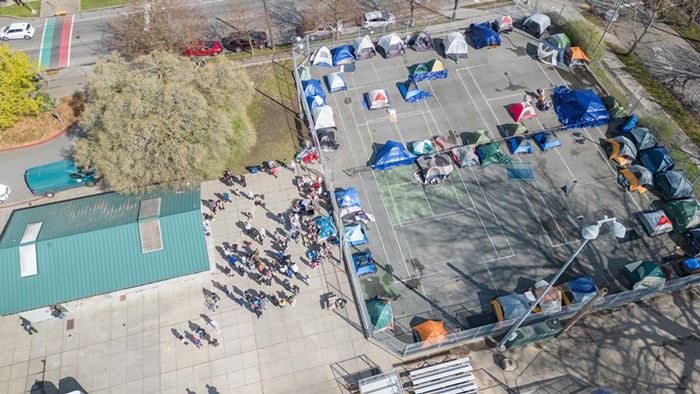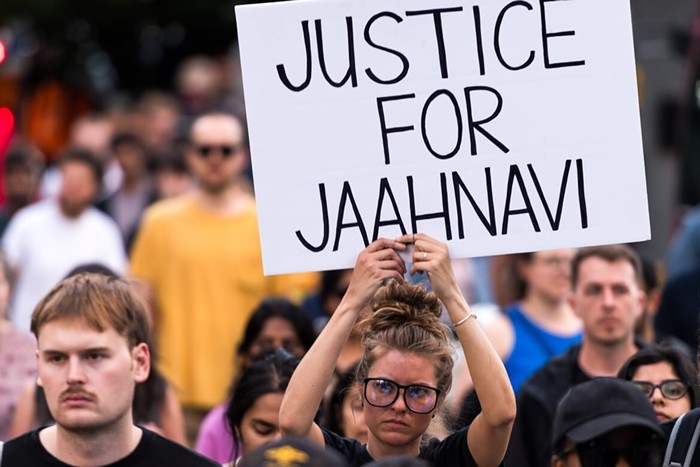--Anonymous high-school student
Here's a startling statistic that's been ignored by the local media and the schools for the past five years: Proportionally, more white students than black students feel they've been racially harassed in Seattle's public high schools.
This statistic comes from two comprehensive surveys conducted by the school system in 1995 and 1999. The confidential surveys, the results of which were released to the public in 1996 and 2000, posed the following question to Seattle public high-school students: "Has anyone ever made offensive racial comments or attacked you based on race or ethnicity, at school or on your way to or from school?"
In both 1995 and 1999, Latinos--the fastest-growing racial group in Seattle public schools--proportionally responded in the affirmative more than any other racial group. Fifty-one percent of Latinos replied "yes" in 1995, and 42 percent replied "yes" in 1999. Students who identified themselves as "multi-ethnic" made up the second highest racially harassed group: 51 percent in 1995 and 38 percent in 1999. These statistics certainly shouldn't surprise anybody.
Moreover, it shouldn't surprise anyone that Asians, Native Americans, and African Americans also complained of being racially harassed (newly immigrated African students did not have their own category in either survey). But, in the midst of this melting pot, white students also responded yes, and more frequently than some of the other racial groups, most notably African Americans.
In 1995, 48 percent of white Seattle public high-school students complained of being racially harassed, putting them just behind Latinos and multi-ethnic students. In 1999, that number dropped to 32 percent, but they were still ahead of Native American, Southeast Asian, and--again--African American students.
Now compare that to black students, our nation's most historically persecuted racial group. In 1995, 36 percent of African American students complained of racial harassment. Only Southeast Asian students complained less about racial harassment that year. And in 1999, African American students complained the least about racial harassment. That year, only 26 percent of black students said they'd been racially harassed.
The mainstream press did not write about these statistics when they were originally released. (In fact, The Stranger only learned about the numbers when we saw some youth-related data that was provided to the mayor's Mardi Gras task force two weeks ago.) When the surveys were originally made public in 1996 and 2000, press coverage focused on the general trends covered by the survey--student drug use, violence, and sexual promiscuity, primarily. It looks as if the rest of the surveys, with all their interesting details, were just thrown into the garbage.
Maddeningly, school officials who are familiar with these puzzling statistics didn't seem interested in getting to the bottom of them. Pamela Hillard, the school system's program manager for health education, directed the comprehensive survey in 1995 and 1999. Hillard stressed that, overall, complaints of racial harassment have dropped 12 percent from one survey to the next. But she couldn't explain why white students consistently and anonymously grumbled about feeling harassed. Every politically correct Seattleite knows that whites have no reason to feel persecuted. So why do they?
"I don't have a particular take on it," Hillard says. "It surprises a lot of people. It doesn't surprise other people. I don't have anything in particular to say to you."
The confidential surveys can't be accused of lacking in thoroughness. The school system administered them to every school student who was in attendance on the appointed day. Almost 3,000 white students and roughly 1,400 black students completed the survey in both 1995 and 1999. (Overall, there are roughly 13,400 Seattle public high-school students; 41 percent of them are white and 23 percent of them are African American.)
The most unfortunate thing about the survey statistics is that they don't offer more information. There is no way to tell if the white students were complaining more at Cleveland High School, where whites constitute 11 percent of the student population, or at Ballard High School, where they constitute 60 percent of the student population. (Of course, that question can be applied to any racial group.)
The survey results do include some uncensored comments that students made about racism (like the quote at the top of this article). When given the opportunity to be anonymous, some white students did not hold back. "[Racism at our school] is not racism like white towards black but blacks toward white," one student wrote. "We are referenced as 'white kid' or 'white trash.' We don't pay attention to this [but] if white people call black people 'niggers' we get beat up. I think it's SICK!!" Another student wrote, "I don't see any white kids harassing black kids, but I do see it the other way around. No racial comments, but they'll jump in the faces of white kids, trying to scare them. Then they laugh about it."
But those random comments yield little more than anecdotal inklings about how racial interaction in our schools really happen. The school system seems to have completely failed to investigate the issue further. A year and a half ago, the statistic was brought up during anti-harassment training for school faculty. According to one attendee, everybody was puzzled. "People had all kinds of questions," says Celia Arriaga, who works in the school system's drug and alcohol department. "The response was, 'Well this doesn't make any kind of sense.'" Today, no one is any closer to explaining the phenomenon. "Maybe we need to go back to the [white] students and ask them," Arriaga says.
